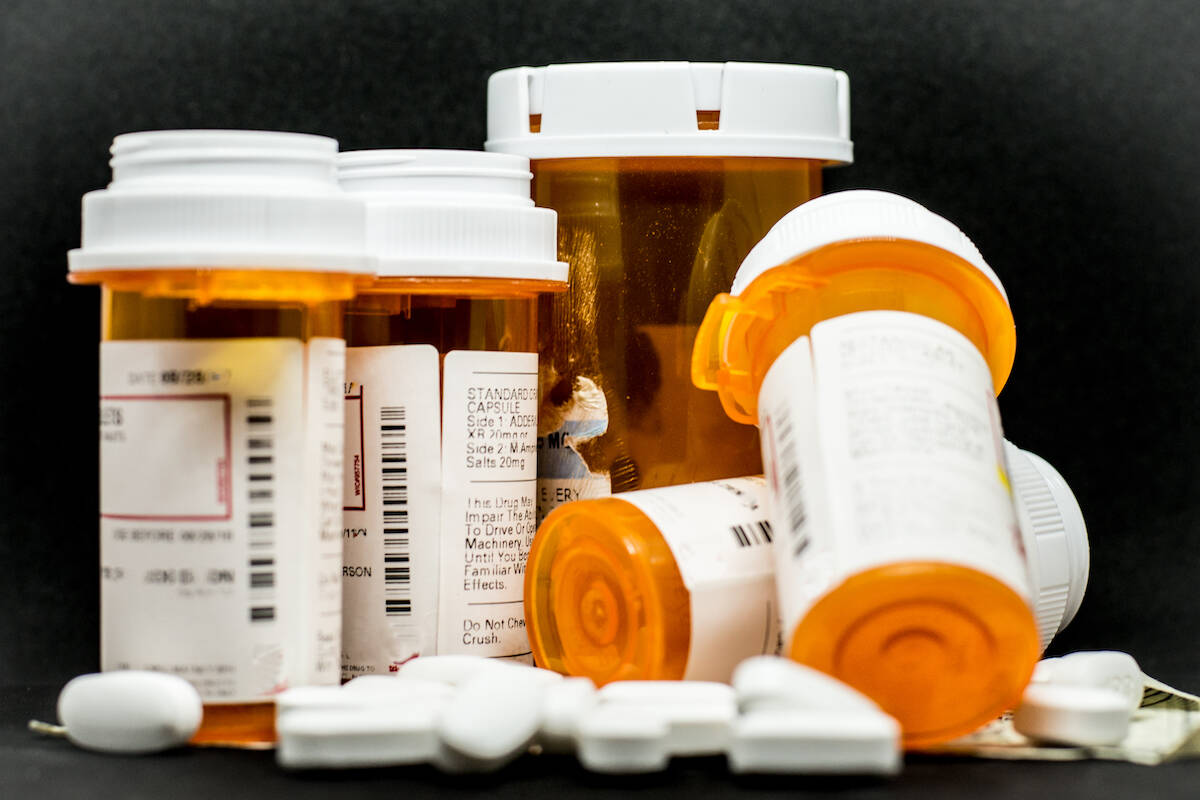President Donald Trump has taken a firm stance on prescription drug prices, sending letters to 17 pharmaceutical companies urging them to lower their prices to match the lowest rates offered in other developed nations. This initiative, termed the “most-favored-nation” or MFN price, highlights a significant concern: Americans routinely pay higher prices for brand-name medications. However, the situation is not as straightforward when it comes to generic drugs, which constitute over 90 percent of prescriptions in the United States and are typically less expensive.
Trump’s approach raises questions about the effectiveness of importing foreign price controls as a solution to lower drug costs. He may be overlooking an existing and potentially more effective model: the free market. For instance, GLP-1 weight-loss drugs produced by Novo Nordisk and Eli Lilly have list prices exceeding $1,000 per month. Yet, both companies provide a direct-to-consumer price of $499 monthly, effectively halving the retail price by circumventing intermediaries like pharmacy benefit managers (PBMs) and health insurers.
Market Solutions Over Price Controls
The Cost Plus Drug Co., founded by entrepreneur Mark Cuban, exemplifies how costs can be reduced through direct negotiation with drug manufacturers. This nonprofit lists numerous popular medications at cash prices significantly below those found in retail pharmacies. For example, when Network Health, based in Wisconsin, partnered with Cost Plus in February 2023, it became one of the first Medicare Advantage plans in the U.S. to offer an average savings of up to 37 percent on prescription medications for its members.
The message is clear: Americans can access lower-cost prescription drugs without relying on the complexities of MFN pricing. Furthermore, the U.S. remains a leader in pharmaceutical innovation, with approximately 85 percent of new drugs available in the country compared to less than half in several other developed nations. Many of these countries employ government-run healthcare systems that impose price controls, which can limit patient access to new treatments.
While Trump’s proposal may aim to address price disparities, it inadvertently highlights a crucial irony. The United States boasts the most innovative drug industry globally, and the development of new therapies often comes at a higher cost. Trump himself, known for his luxury hotels and resorts, would likely find it unreasonable for another nation to dictate pricing to him, yet he is advocating for similar measures against pharmaceutical companies.
Exploring Alternatives to Price Controls
In light of Trump’s letters, pharmaceutical companies may seek alternative strategies to offer lower prices. The trend of direct sales to consumers may gain traction, as insurers encourage patients to purchase larger quantities to reduce costs. Some drug manufacturers are also beginning to demand higher prices from developed economies, recognizing the value of their innovations.
Legislative proposals are emerging that would require PBMs to pass on a greater share of the discounts and rebates received from drug makers to patients. This could pave the way for a more transparent pricing structure that benefits consumers.
Ultimately, the focus should be on creating a distinctly American solution that embraces market dynamics rather than imposing European-style price controls. Drug prices can indeed be lowered, but a collaborative approach that prioritizes innovation, competition, and consumer access is essential for meaningful change.
